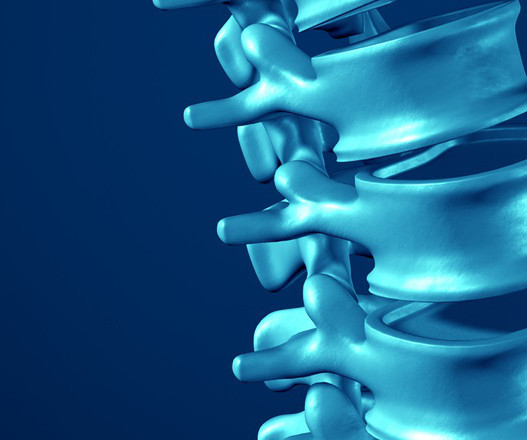Making the Business Case for On-Site Chiropractic at Corporations
Modern Chiropractic Marketing
APRIL 22, 2019
Below in the 2011 OptumHealth Client Data study, they found that the treatment of orthopedic conditions is the top cost category coming it at 17% of medical expenses. Key Takeaway #3: Orthopedic/Musculoskeletal conditions are the highest distribution of medical expenses based on OptumHealth Client data of 2011.












Let's personalize your content